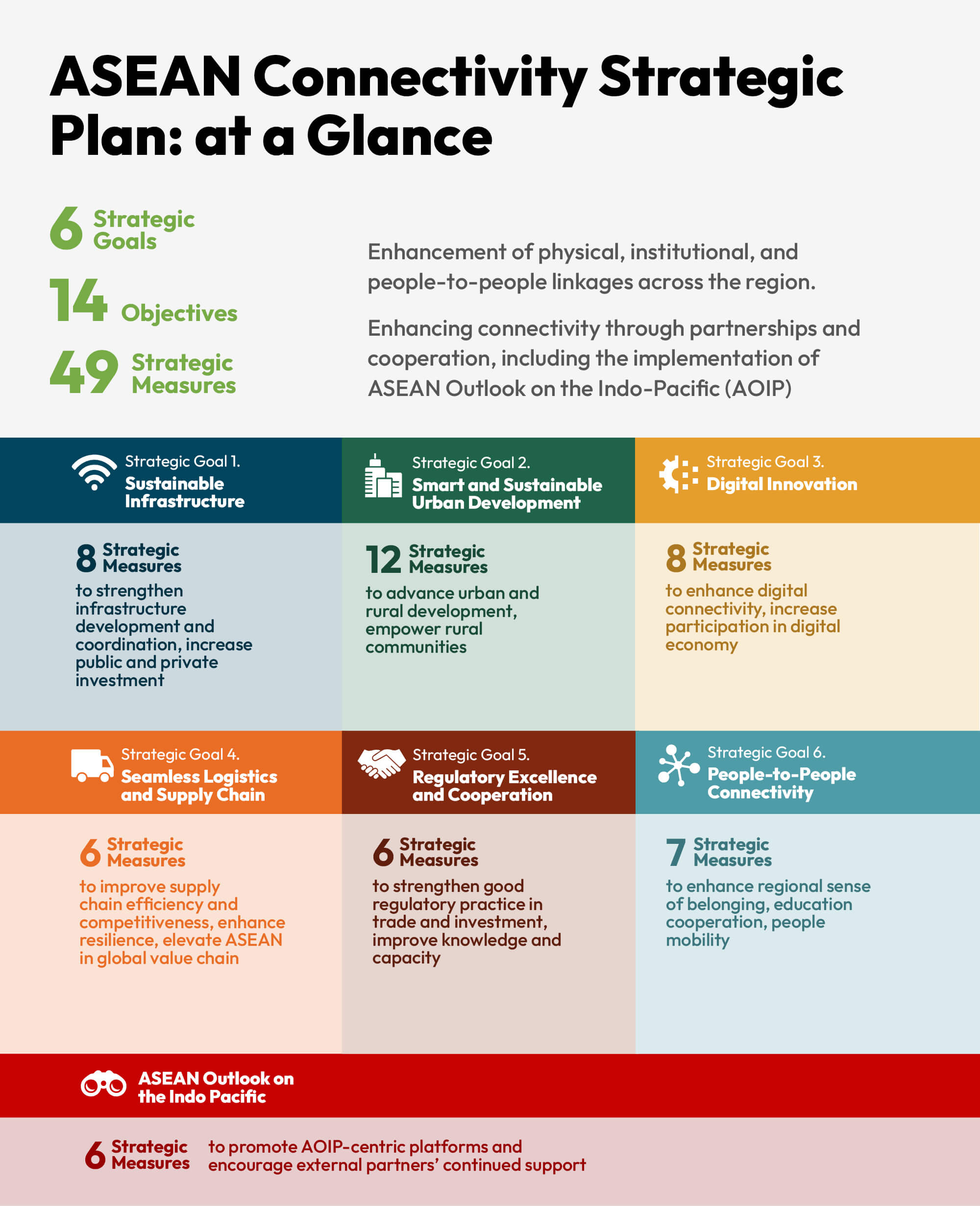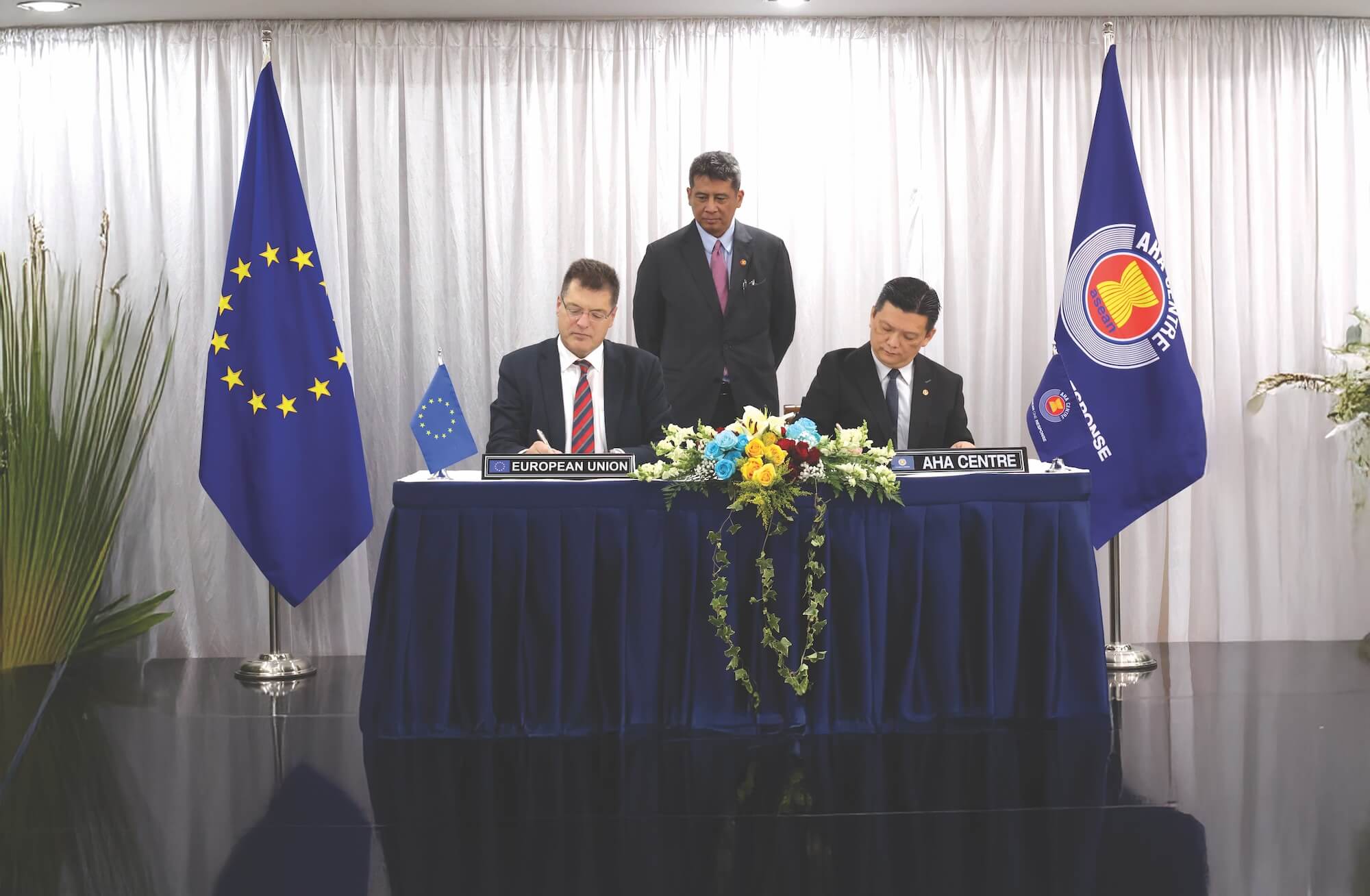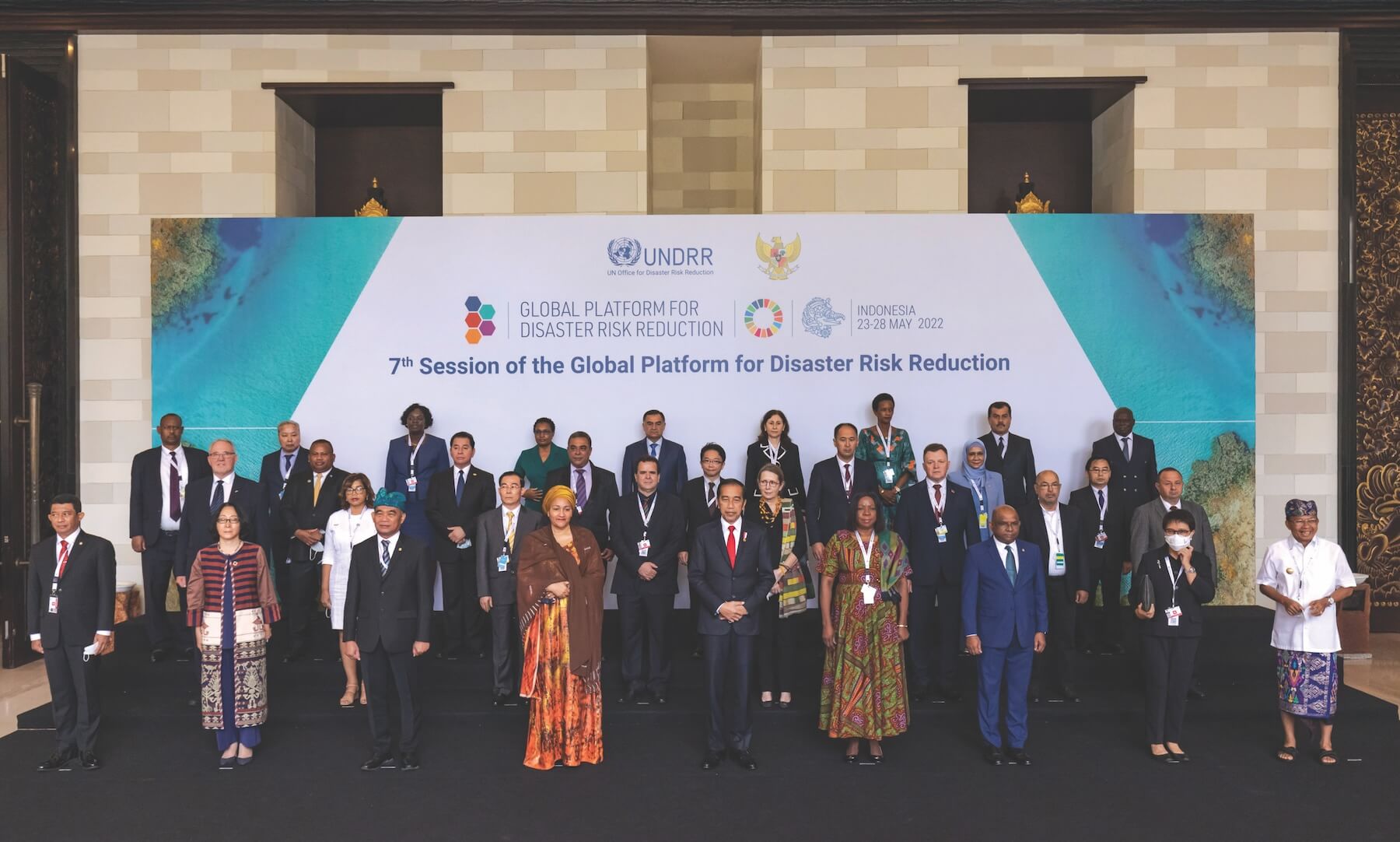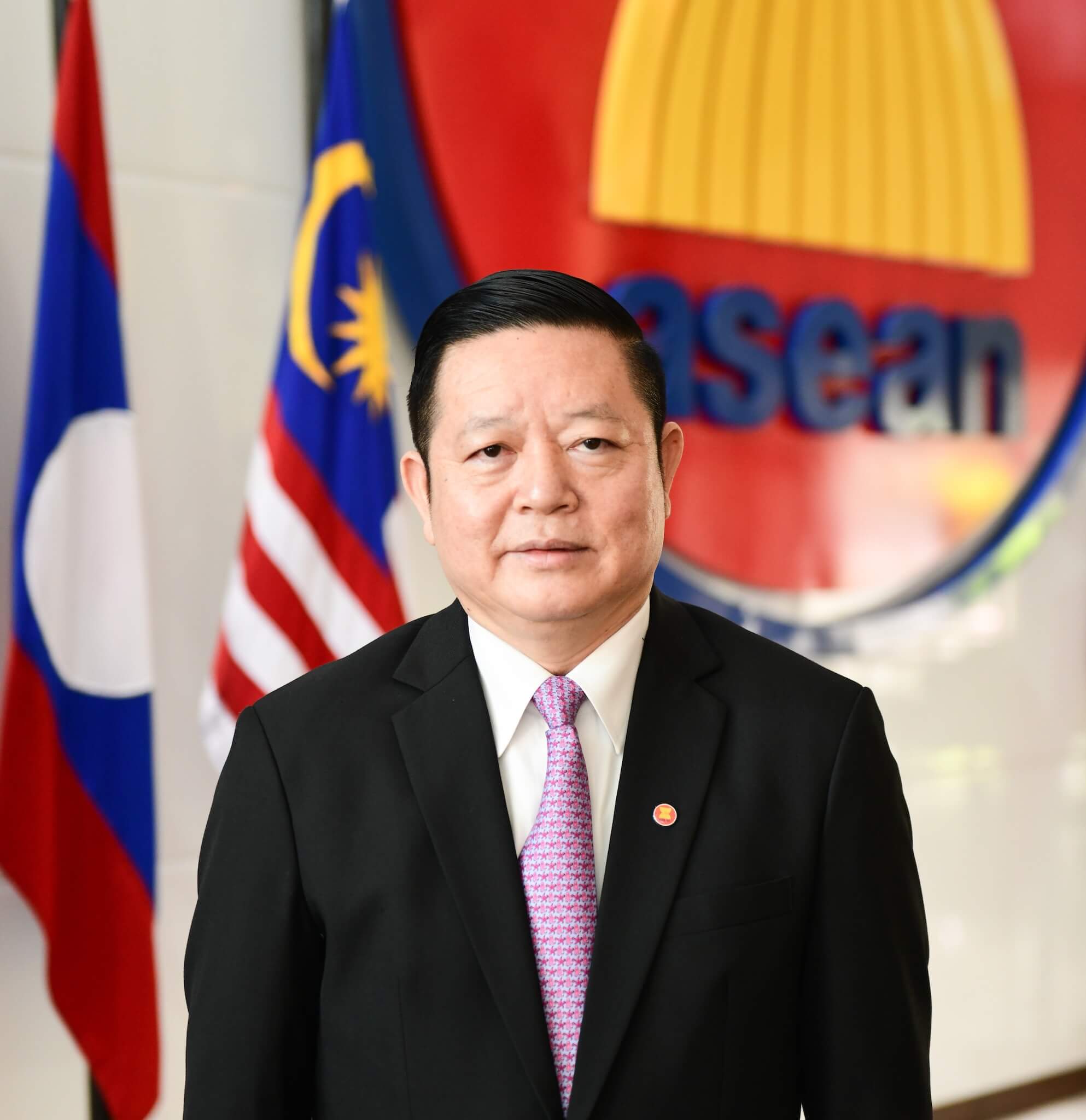





Amidst global transformation, geo-economic shifts, climate change, rapid urbanisation, digital transformation, and ageing populations continue to impact people’s lives in ASEAN. Responding to and leveraging these developments will be crucial to realising the ASEAN 2045: Our Shared Future.
Connectivity contributes to this Vision through the promotion of inclusive approaches, sustainable development, regional integration, and effective partnerships, enhancing institutional capacity to strengthen physical, institutional, and people-to-people linkages. Connectivity is more than just building roads, railways and ports. It is about connecting people, institutions, and ideas, thereby bringing resources, expertise, and solutions to advancing the ASEAN Community.
While the Master Plan on ASEAN Connectivity (MPAC) 2010 and MPAC 2025 have made significant progress towards realising a well-connected ASEAN, their implementation has encountered various challenges. There is a need for greater awareness, clear ownership, effective coordination, better agility, enhanced capacity and stronger partnerships. These are some of the lessons learned that provided valuable inputs into the development of the ASEAN Connectivity Strategic Plan and its subsequent implementation.
The ASEAN Connectivity Strategic Plan builds upon the achievements and challenges of its predecessors, working in synergy with the three Strategic Plans of the ASEAN Community pillars to ensure that progress in one area complements or contributes to success in others. The ASEAN Connectivity Strategic Plan encompasses six strategic areas: Sustainable Infrastructure, Smart and Sustainable Urban Development, Digital Innovation, Seamless Logistics and Supply Chain, Regulatory Excellence and Cooperation, and People-to-People Connectivity. It has corresponding six Strategic Goals, 14 Objectives, and 47 Strategic Measures. The Strategic Plan also includes two additional strategic measures related to the ASEAN Outlook on the Indo-Pacific (AOIP), highlighting the overarching importance of ASEAN’s engagement with its partners and promoting cooperation in the Indo-Pacific region while reinforcing ASEAN Centrality as the underlying principle.
Of the 47 Strategic Measures under the six strategic areas, eight fall under Sustainable Infrastructure aimed at strengthening infrastructure development and coordination across sectors within and between ASEAN Member States, as well as public and private investment. For Smart and Sustainable Urban Development, there are 12 Strategic Measures to advance smart and sustainable urban and rural development, as well as to empower rural communities. Eight Strategic Measures encompass Digital Innovation to expand and enhance digital connectivity, thereby increasing participation in the digital economy. Seamless Logistics and Supply Chain comprises six Strategic Measures to improve the efficiency and competitiveness of logistics and supply chain, enhance resilience, and elevate ASEAN’s position in the global value chain. To promote Regulatory Excellence and Cooperation, six Strategic Measures have been identified to strengthen good regulatory practice in trade and investment; and improve knowledge and capacity on policies and regulations to facilitate cross-border trade, logistics and investment. People-to-People Connectivity will be strengthened through seven Strategic Measures to enhance the regional sense of belonging, education cooperation and people mobility. As the AOIP cuts across all strategic areas, there are two Strategic Measures to promote AOIP-centric platforms, including the ASEAN Indo-Pacific Forum, and to encourage continued support from external partners.

What is new in the ASEAN Connectivity Strategic Plan?
First, the continuity from MPAC 2025 to the ACSP. The areas of cooperation under the MPAC 2025 will continue to be pursued under the new Strategic Plan. Smart and Sustainable Urban Development has become a strategic area, in its own right, recognising the growing importance of urban and rural developments, as well as the expansion in the number of cities, projects, and partnerships under the ASEAN Smart Cities Network.
Second, the ACSP both promotes and leverages the AOIP. The implementation of AOIP will be crucial to enhancing links and synergies between the ASEAN Connectivity Strategic Plan and various connectivity initiatives, hence the inclusion of two strategic measures on AOIP.
Third, the scope for ASEAN Connectivity has expanded. For each strategic area, there is a broadening of scope in terms of the objectives and strategic measures, compared to the MPAC 2025 objectives and initiatives. For example, in the strategic area of people-to-people connectivity, the scope extends beyond enhancing people’s mobility to include deepening social and cultural interactions, promoting educational and sports exchanges, and facilitating regional collaborations for a creative economy and inclusive development.
Fourth, there is a greater emphasis on ownership. The development of the ASEAN Connectivity Strategic Plan benefitted from the guidance of the High-Level Task Force on ASEAN Community Vision 2045 and the close cross-pillar and cross-sectoral coordination with the development of the Strategic Plans of the ASEAN Political-Security Community, ASEAN Economic Community and ASEAN Socio- Cultural Community as well as the work plan or action plan of ASEAN Sectoral Bodies and Implementing Bodies. The ASEAN Connectivity Strategic Plan aims to add value by co-developing, complementing, or synergising activities with the ASEAN Sectoral Bodies and Implementing Bodies, as well as various external partners.
And fifth, staying agile and responsive will be crucial. In seizing opportunities and addressing challenges, the needs, plans, and priorities of ASEAN and its Member States are likely to change over time. The ASEAN Connectivity Strategic Plan’s work plan, currently being developed, will adopt an agile and adaptive approach. This agility goes beyond responding to changes; it involves acknowledging, anticipating, and adapting to future developments.
How can stakeholders participate in the ASEAN Connectivity Strategic Plan?
The successful implementation of the ASEAN Connectivity Strategic Plan will require partnerships from all fronts. The implementation of MPAC 2025 and its predecessor has benefited immensely from the knowledge, expertise and experience of ASEAN Sectoral Bodies and Implementing Bodies, National Coordinators, the private sector, academia, civil society, as well as ASEAN’s Dialogue Partners and other external partners.
Strengthening these partnerships and forging new ones with various partners, pooling resources within and beyond the region, will continue to be critical to the successful delivery of the ASEAN Connectivity Strategic Plan. Promoting synergies across regional, subregional, national and local levels could help to consolidate connectivity efforts, bridge the gap between policy-driven “top-down” and project-driven “bottom-up” approaches to regional integration, enhance linkages to economic centres within ASEAN and its Member States, and mobilise resources more efficiently for maximum impact.
An important aspect of partnership for connectivity lies with the mainstreaming and implementation of AOIP. For example, in the strategic area of sustainable infrastructure, ASEAN seeks to strengthen connectivity by expanding infrastructure development to meet growing demands, embedding sustainability and inclusivity in all its planning and delivery, and deepening collaborations between the public and private sectors to unlock investment opportunities, including through the ASEAN Indo-Pacific Forum.
In the months ahead, ASEAN will develop a work plan that translates the strategic measures into more specific activities to be undertaken. This plan will identify relevant ASEAN Sectoral Bodies and Implementing Bodies that will lead the implementation, as well as those that will play a supporting role, and the stakeholders involved. This presents opportunities for partnerships in co-creating activities and solutions, sharing best practices, conducting studies and analyses, and compiling success stories. They could also be tailored to strengthen ASEAN’s institutional capabilities and human resources, promote exchange and dialogue through forums and seminars, enhance connectivity and collaborations on AOIP, and develop programs that encourage e-to-people connectivity.
ASEAN 2045: Our Shared Future and its Strategic Plans position ASEAN to capitalise on its collective strengths— its young and vibrant population, strategic geographical location, growing digital economy, and shared values of consensus, unity, and cooperation. Let us work together and move forward to build bridges, ensuring prosperity is shared, sustainability is prioritised, and all ASEAN peoples participate in shaping our shared future.








